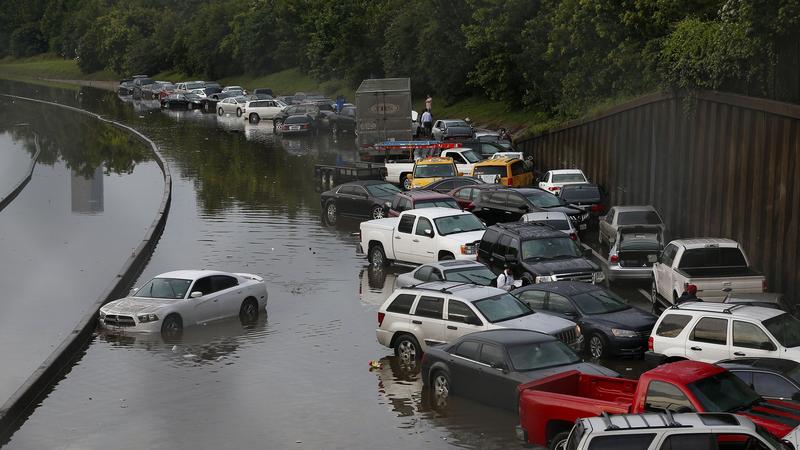Recent flooding in Louisiana and Texas call attention to the importance of our nation’s infrastructure established to manage our water resources and mitigate the effects of flooding. Advances in engineering can reduce the risk of levee and dam failure, but levees and dams cannot remove the risk of flooding. The National Academies of Sciences, Engineering, and Medicine Report, Dam and Levee Safety and Community Resilience: A Vision for Future Practice, explores how dam and levee safety programs might be broadened to consider community- and regional-level priorities in decision making to help reduce the risk of, and increase community resilience to, potential dam and levee failure. Collaboration between dam and levee safety professionals at all levels, persons and property owners at direct risk, and the social and environmental networks in a community would allow all stakeholders to better understand risks, shared needs, and opportunities, and would ultimately lead them to make more informed decisions to support community resilience.
Our Flood Resilience collection offers guidance for multiple sectors involved in community planning and the flood recovery process.
Dam and Levee Safety and Community Resilience: A Vision for Future Practice
Although advances in engineering can reduce the risk of dam and levee failure, some failures will still occur. Such events cause impacts on social and physical infrastructure that extend far beyond the flood zone. Broadening dam and levee safety programs to consider community- and regional-level …

